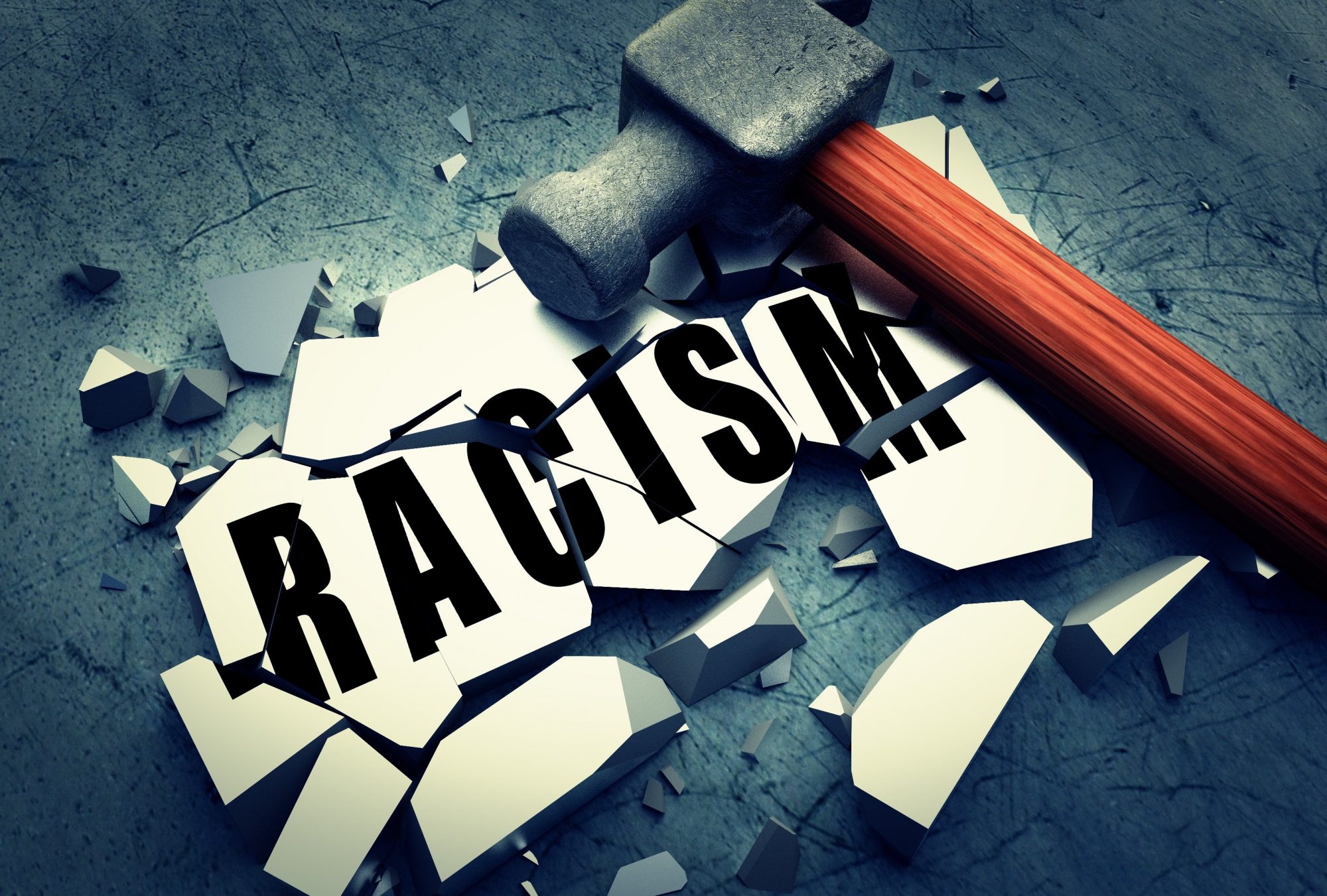CJ and I recently led a discussion on the first half of the book The Hip Hop Generation Fights Back. The book explores two youth activism groups in Oakland, California, and considers how growing up in circumstances that make the youth both invisible and heavily criticized affect their approach to activism. In addition, the book explores how the youth perceive the label “activist” in the context of idealized cultural images of activists and the history of the Black Panther Party in Oakland.
We began the discussion by asking the class about the parallels between the way the Black Panther Party is immediately associated with guns, and the characterization of the Black Lives Matter movement by Fox News and President Trump. Early in the book, the author discusses how today’s youth are perceived as “deviants” who need to be constantly supervised. This made me consider the ways mass media operates to discredit and vilify Black movements throughout American history. For example, in the 1950s, then-President Herbert Hoover began a program called Cointelpro, with the goal of “preventing the rise of a Black messiah” and targeting black nationalism. This program continued throughout the 1960s, and was used by the FBI to infiltrate the Black Panther Party and assassinate Fred Hampton in 1969. This is interesting to consider in the context of a clip we found of President Trump prior to the 2016 election, promising to former Fox News host Bill O’Reilly that he would “investigate” the Black Lives Matter movement.
It’s incredibly how quickly politicians and people in power attack movements that seek to make Black communities safer, characterizing them as dangerous and aggressive, while ignoring White power movements. In the case of Herbert Hoover, this meant creating a program that would eventually be used to assassinate leaders of the Black Panthers, a group who provided free breakfast for children and thirteen free health clinics, while ignoring brutal attacks on Black communities by the KKK. For Trump, this means calling for “law and order” – a coded attack against Black Lives Matter – while saying there were “fine people” on both sides of the conflict in Charlottesville that saw a white nationalist drive a car into a crowd of protestors, killing 32-year-old Heather Heyer.
We continued our discussion by questioning the use of the term “activist” and how the students in the book used it. This discussion led to a debate between “slacktivism” and “activism”. Slacktivism, as defined by dictionary.com, is “actions taken to bring about political or social change but requiring only minimal commitment, effort, or risk”. The idea of slacktivism is especially interesting in our social-media obsessed culture, where posts about social movements are everywhere. How can we define “activism” with this in mind? Is someone who reposts things about social movements without actually going to rallies or volunteering an activist? Where do we draw the line between “slacktivism” and “activism”? Most of the class was opposed to the idea of people posting things on social media without actually participating in a movement. However, is doing something better than doing nothing? Despite how irritating it can be to see a hundred posts about the same topic on your social media, what if each post informs a single person? Isn’t that how movements grow? While the change brought about by posting something on social media is negligible, awareness is crucial, because being aware of what’s going on is a step in the right direction, a step toward action and serious change.
